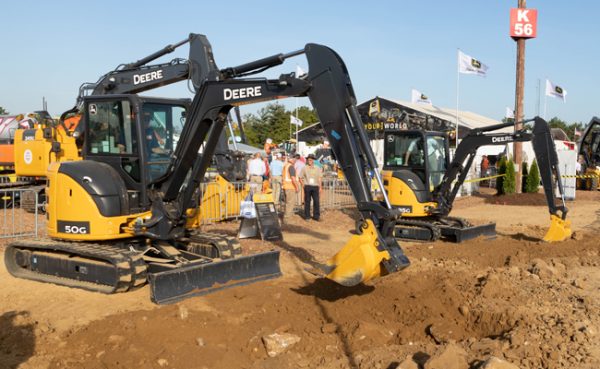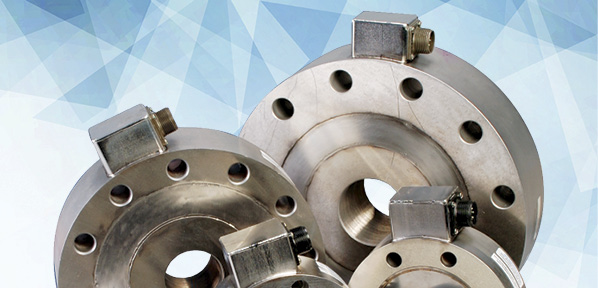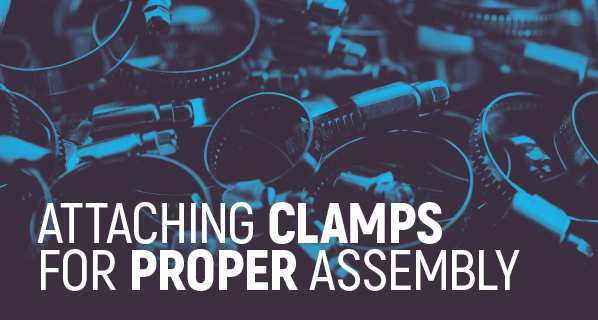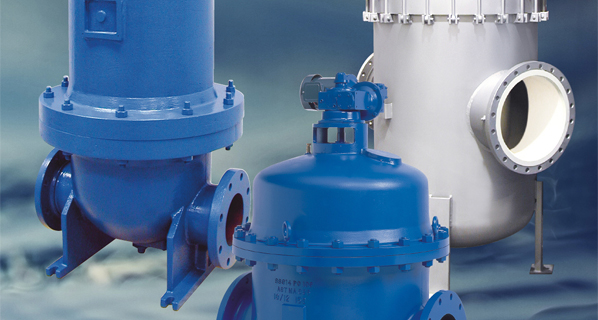Plastic Performance Q&A

Tom Zozokos, Product Line Director for Trelleborg Sealing Solutions, answers questions about high-performance plastics and their applications for fluid power.
Q What are high-performance plastics?
A High-performance plastics can be defined in two different ways. The term can refer to a group of polymers that retain their mechanical, thermal, or chemical characteristics even in harsh environments. Alternatively, it can mean engineered polymers modified to improve their performance (e.g. carbon fiber to polyphthalamide (PPA) for strength or molybdenum disulfide to polyamide (PA) for wear and durability).
Most high-performance plastics (or polymers) are made of oriented fiber, plastics impregnated with fillers that increase their strength and/or reduce friction in the application. These fillers can be polytetrafluoroethylene (PTFE) added to polyetheretherketone (PEEK) materials to reduce friction and improve wear characteristics or molybdenum disulfide (moly) added to nylon leads for a harder and more wear-resistant surface. High-performance polymer combinations require the right balance between the base resin and the appropriate filler loadings.
Q How do high-performance plastics contribute to efficiency in fluid power applications?
A High-performance plastics make fluid power applications lighter and more durable, replacing traditional metal components. This is also beneficial for the transition to electrification (covered later).
For example, a traditional steel washer can be replaced with a lightweight polymer alternative
that can withstand high-temperature environments while improving functionality by reducing wear on the mating hardware. Few materials, such as PEEK, polyphenylene sulfide (PPS), and polyamide-imide (PAI), can meet the demands of such harsh environments. Decreasing weight with these lighter parts also improves the efficiency of the system because less mechanical energy is required to power the application.
Q Tell me about the manufacturing process for high-performance plastics.
A High-performance plastics are often manufactured using injection molding, compression molding, or extrusion. These processes allow for very precise control over the shape and size of the final product. The plastic components can be precision molded to achieve tight tolerances or machined for further refinement and unique specifications. The goal is to improve the overall performance of the assembly and reduce the total stack up of tolerances in the system leading to reliable performance.
Precision molded or extruded plastics can help adsorb some tolerances in other parts of the system. They remove the need to grind and modify mating parts in secondary processes making the system less expensive overall. In other words, polymers are often more durable in application compared to metallic components. They have greater flexibility to conform to mating hardware.
Q How do high-performance plastics help with the transition to electrification?
A Electric vehicles are powered by batteries, so reducing weight – and thus the energy needed to impel them – is important. Lighter vehicles need less energy to move so they can go farther on a single charge. High-performance plastics help manufacturers to build lighter, more efficient electric vehicles (EVs) without sacrificing safety or strength.
Electric systems generate heat, and too much can damage components, reduce efficiency, and even cause fires and leaks. High-performance plastics can provide effective thermal management systems, helping to dissipate heat and keep components operating at optimal temperatures. This extends the lifespan of the components and systems and improves overall performance.
Q What about hydraulic systems and fluid power applications?
A Semi-crystalline thermoplastics can be used in off-highway hydraulic systems. Individually, the weight difference per part is negligible, but using thermoplastic instead of steel components in several places on a piece of equipment can reduce overall weight significantly. For example, a traditional cast steel shoe pad – used in four to six locations on a forklift – can be replaced with glass-filled nylon pads that withstand the same impacts and loads but at one-sixth of the weight. Additionally, high-modulus plastic rings can be modified to include internal lubricants, and when used in systems that don’t require petroleum-based greases they are more environmentally friendly.
Q Can you provide some other examples of high-performance plastics in fluid power applications?
A Plastic guide rings can be designed to absorb side-load forces in pistons and rods in hydraulic cylinders while eliminating metal-to-metal contact. They also provide a low coefficient of friction, a long service life, good chemical resistance, and high load capacity, as well as a lower wear rate than metal. The guide rings can be purchased with an angled cut for linear motion, a straight cut for rotary motion, or a step cut for special applications. Bearings and bushings of plastic also prevent metal-to-metal contact and reduce friction, extending the life of non-hydraulic systems. Finally, backup rings installed in grooves protect and support elastomeric seals and stop them from being pushed into the sealing gap. They are often used in hydraulic cylinders for excavators and agricultural machines. •







